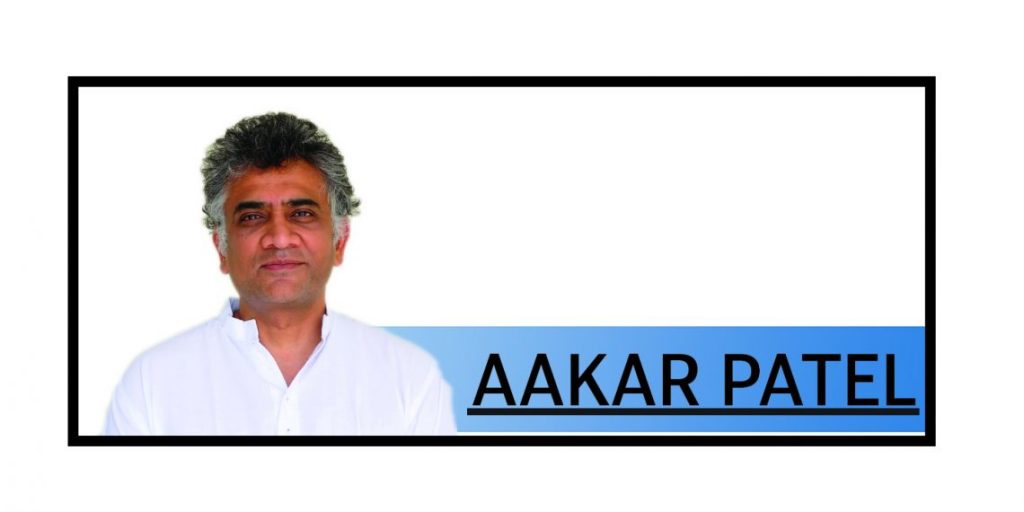Extrajudicial killings are normal in India and are called encounters. They refer to the State’s murder of an accused who is often, though not always, in custody. And this killing happens even if the accused has moved the Supreme Court for protection with the specific plea that they are in danger. The killings happen even if the accused is being filmed while being transported from one location to another and filmed because it is thought that they might be killed. The theory applied is that the justice system is broken and punishment cannot wait. That the world has good people and bad people and the latter do not require to be convicted before being punished and this punishment can come from outside the legal system through shooting them.
On 27 August 2013, Lok Sabha Member of Parliament Gurudas Dasgupta asked the Home Ministry some questions. They included whether the government of India was aware of the findings of the Commission headed by Justice N Santosh Hegde appointed by the Supreme Court that seven killings in six separate instances in Manipur were the consequences of fake encounters. And whether the National Human Rights Commission has demanded investigation of all encounters in Manipur.
The government replied that it was aware of the findings of the Hegde commission, but that the NHRC has “not demanded any investigation” into the findings and therefore the government had done nothing about it.
It is instructive to go into what this commission is and what it did. On 24 November 2012, the Supreme Court set up a commission of three people, including former justice Hegde, former chief election commissioner JM Lyngdoh and former DGP of Karnataka Ajay Kumar Singh. Their task was to take up the murders of 1528 people between 1979 and 2012 in Manipur through encounters. The murders were committed by Manipur police and the security forces. The matter came up after the Extra Judicial Execution Victim Families Association (EEVFAM) filed a petition.
The commission took up the first six of the 1528 murders and by 2013 found that all of the encounters were fake. The murders were facilitated by the fact that the killers were protected by AFSPA, the Armed Forces Special Powers Act. However, the northeast and Kashmir are not the only places where encounters happen of course, and AFSPA is not necessary for the state to conduct ‘encounters’. Manipur is again in the news globally but for other reasons. Here also, like with extrajudicial killings, as a people we have looked away from what has happened and even the Prime Minister was forced to speak only after an especially horrible incident came out.
So what has happened to the functioning of the state in India after the government has accepted in the Lok Sabha that this sort of murder is a reality? Not much, unfortunately, and encounters continue. The examples cited above of someone being killed in custody even after they went to the Supreme Court, and someone being killed while being transported and being covered live on TV are recent.
It appears that there is a set of circumstances that makes this possible. At the level of society, there is not much pushback against such murders. This is speculation and anecdotal, but it appears to be the case that there is approval of the use of such methods, because of the idea of “good” and “bad” people. This is reflected in the media coverage of such incidents, where holding the state to account for extrajudicial murder is not the primary concern or point raised. Because of this societal approval, or at least because of an absence of meaningful pushback except from what is called civil society, the government can continue doing what it does.
Though it has taken some interest in the matter, the judiciary also has not held the state to account for what is has done in the past and what it continues to do. All of this has meant that extrajudicial killings in India remain normal. So long as this does not concern others, it has not been a problem. However this month, the issue has become international. The Indian state is accused of an extrajudicial killing on someone else’s territory. No evidence of this has been put out so far, and we must as always take the position of presumed innocence. And we must hope that the allegations are untrue.
But we must also consider what the status is inside our home. The problem is amplified and endemic inside our country. An unofficial and brutal justice system exists parallel to the official one, and it executes many times more of the accused than the official one executes convicts. A report in The Hindu’s Frontline magazine last year said that between 2016 and 2022, more than 800 encounter killings had been recorded. In the same period the number of people hanged after conviction was five.
It should not take external pressure for us to look at ourselves but that seems to be how things often move in India. The list of those executed in Manipur had been prepared and submitted to Christof Heyns, the United Nations Special Rapporteur on extrajudicial, summary or arbitrary executions, who came on a mission to India in March, 2012. Should it have needed this before we acted?
By Aakar Patel

